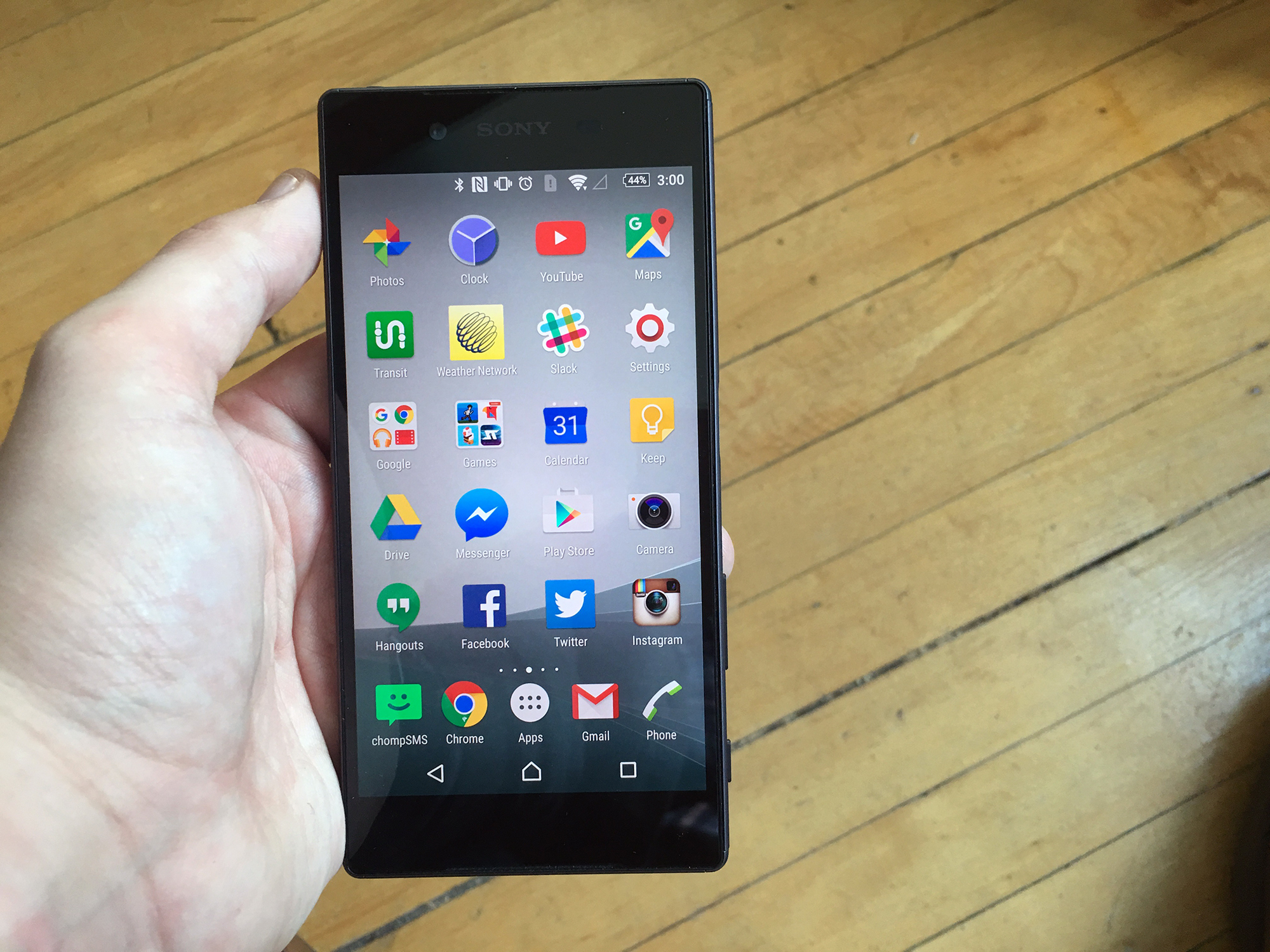
Sony’s Xperia Z5 initially grabbed my attention because the smartphone looks different from most other Android devices on the market. At first glance the so-called “Bond phone” resembles the type of smartphone a secret agent would use in between bouts of firing a high-powered weapon.
In an industry full of black, plastic slabs, the design of Sony’s Xperia’s line has always stood out in my mind, especially when it comes to compact smartphones, a category that despite my new love for phablets, continues to appeal to me for a variety of reasons – sometimes it’s just nice to be able to use a smartphone with only one hand.
The Xperia line’s aesthetic is far from iconic, but much like Microsoft’s Surface products, it has a very specific look to it that I instantly recognize. And with the Xperia Z5, Sony has created the company’s best looking smartphone yet, surpassing the Z3’s impressive exterior.
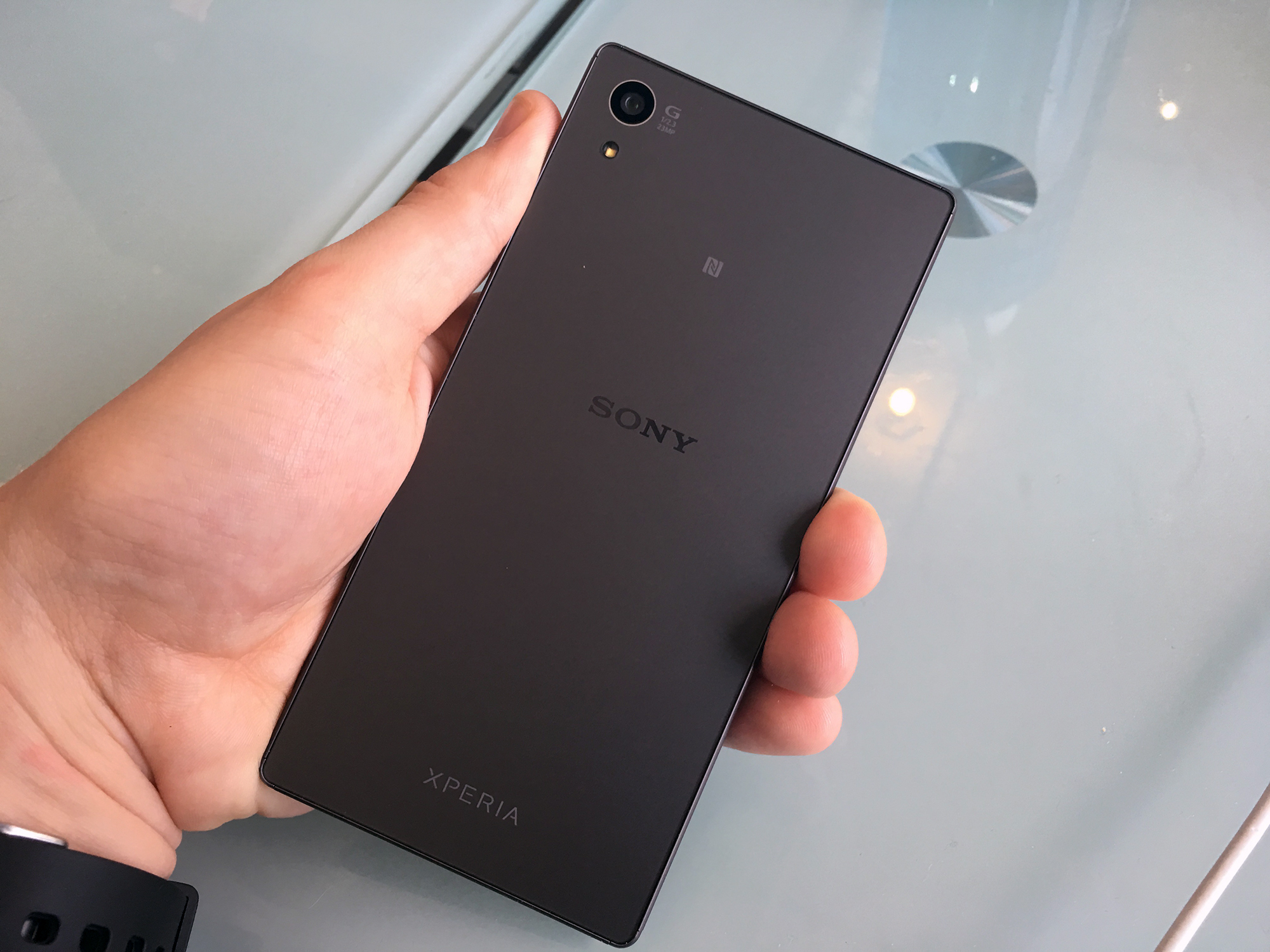
The Z5’s brushed aluminum backing is a joy to run my fingers across, although it’s so silky smooth it actually feels slippery. But, during my roughly three weeks with the Xperia Z5, I didn’t drop it once. As someone who tends to clumsily fumble with his mobile device on a daily basis, this is quite a feat for me (I always put my phones in cases).
I’m so fond of the the Xperia’s Z5’s build quality that I actually found myself absentmindedly running my fingers around its accented ridges and sliding my palm across the smartphone’s backing.
But this is where my honeymoon with the Xperia ground to an abrupt halt.
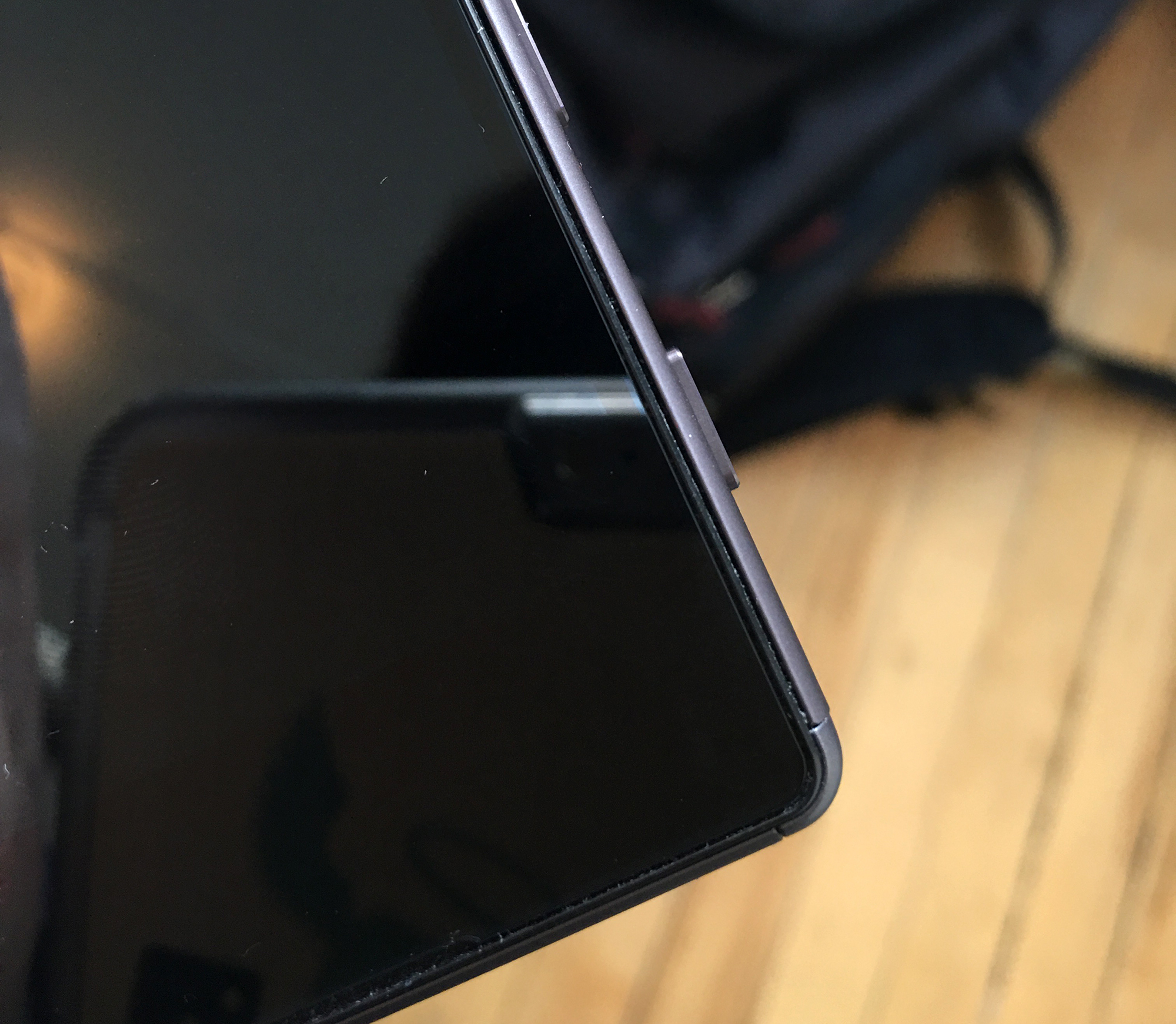
The cracks started to show in my relationship with Sony’s latest flagship smartphone a couple of weeks in. The right side of the Xperia Z5 slowly began separating from the phone’s body, leaving its dedicated camera button, fingerprint scanner (which is also the phone’s on/off switch) and volume rocker, exposed to the considerable dust in my pocket. Within a few days of the split, dirt began gathering in the crack, sticking to the newly exposed glue that should have kept the smartphone’s siding intact.
While this design flaw is frustrating, it’s important to point out that it’s unclear if the problem is a widespread issue. The Xperia Z5 I used was provided by Sony Canada as a “pre-release build”, but it’s likely that the smartphone is identical to the Xperia Z5’s retail release.
A quick Google search reveals that the screen separating from the phone’s body is an issue past Xperia devices suffered from, particularly the Xperia Z1. I also found all the of the smartphone’s buttons had a cheap, loose feel to them that was reminiscent of my experience with the cheaper Nexus 5X. Both the volume rocker and the dedicated camera button were so loose I could actually hear them jostling around.
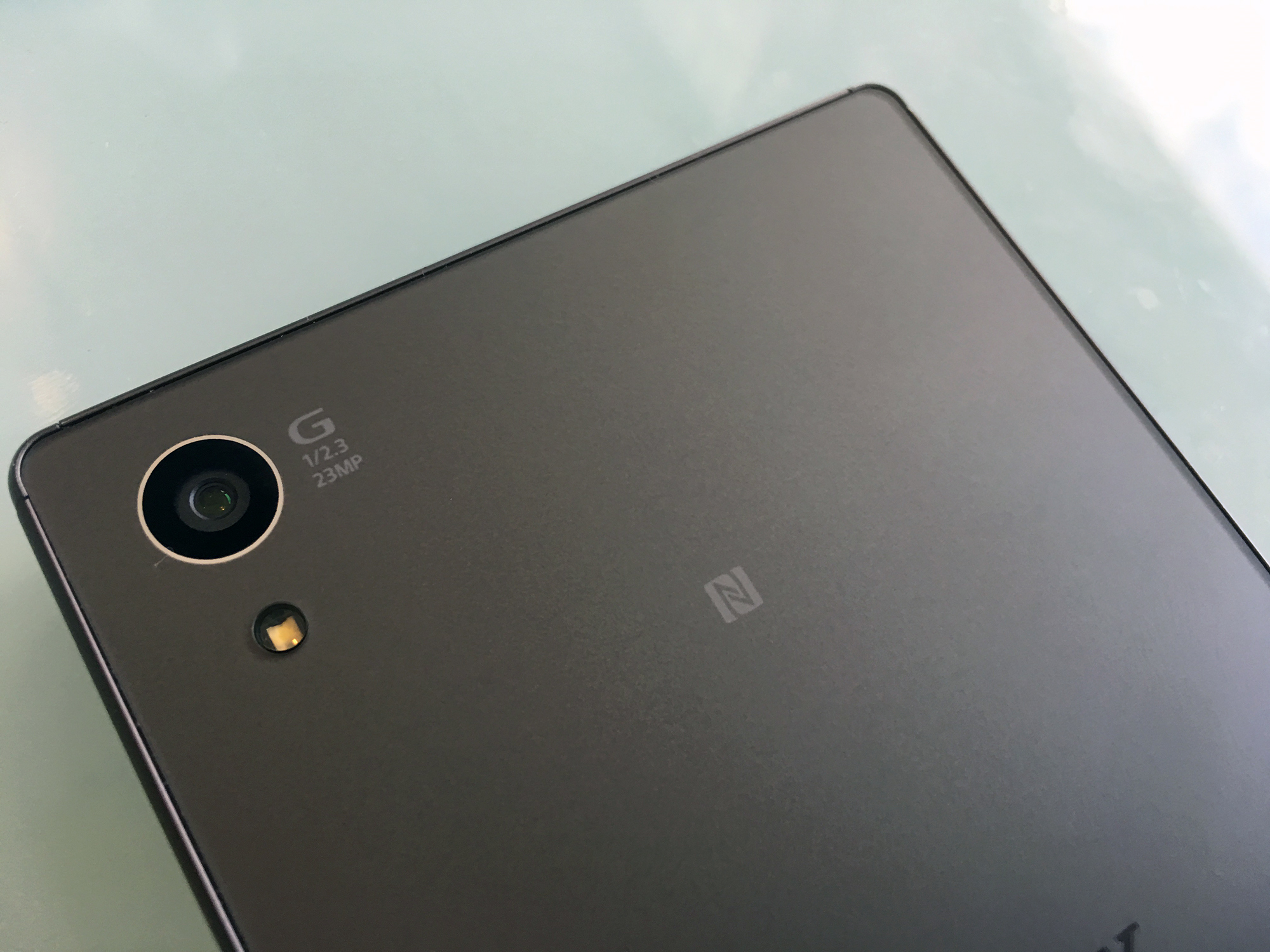
I expected more from Sony’s flagship device given its $649 price.
Even though my experience with the Xperia Z5’s body was far from perfect, one particular feature had me wanting to buy one at some point: its phenomenal camera.
I found the camera’s performance jaw-dropping under both low and natural light conditions. The smartphone’s Superior Auto mode also does a great job of accurately selecting presets for a variety of lighting conditions and types of photographs, ranging from macro to night shots.
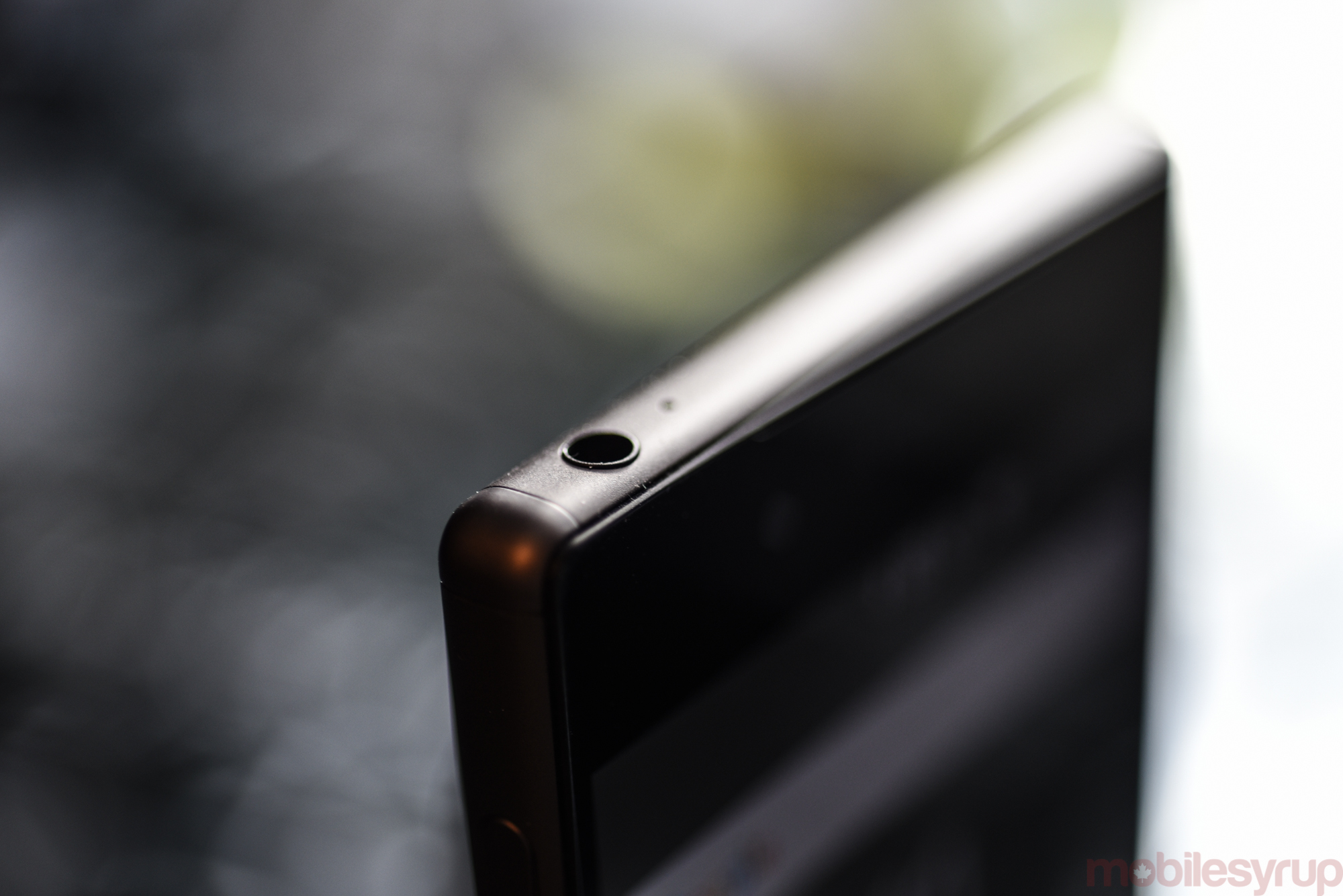
Elsewhere my experience with the Xperia Z5 was less impressive and my views differ considerably from Daniel’s take on the device.
I didn’t eke out the impressive 18 to 24 hours of daily usage during my time with the Z5 and instead found the smartphone’s battery life landed somewhere in the 10 to 12 hour range, which is a disappointment given the Z5’s relatively large 2,900mAh battery.
My review unit also suffered from a variety of slowdown issues, mainly around loading and switching between apps. In some instances, I was forced to wait as much as five to seven seconds for the Xperia camera app to open. I also experienced similar issues when launching a variety of games. So while Daniel felt the often controversial Snapdragon 810 chip powering Sony’s latest flagship smartphone adequate despite its tendency to throttle clock speeds during heavy use, my experience indicates the exact opposite.
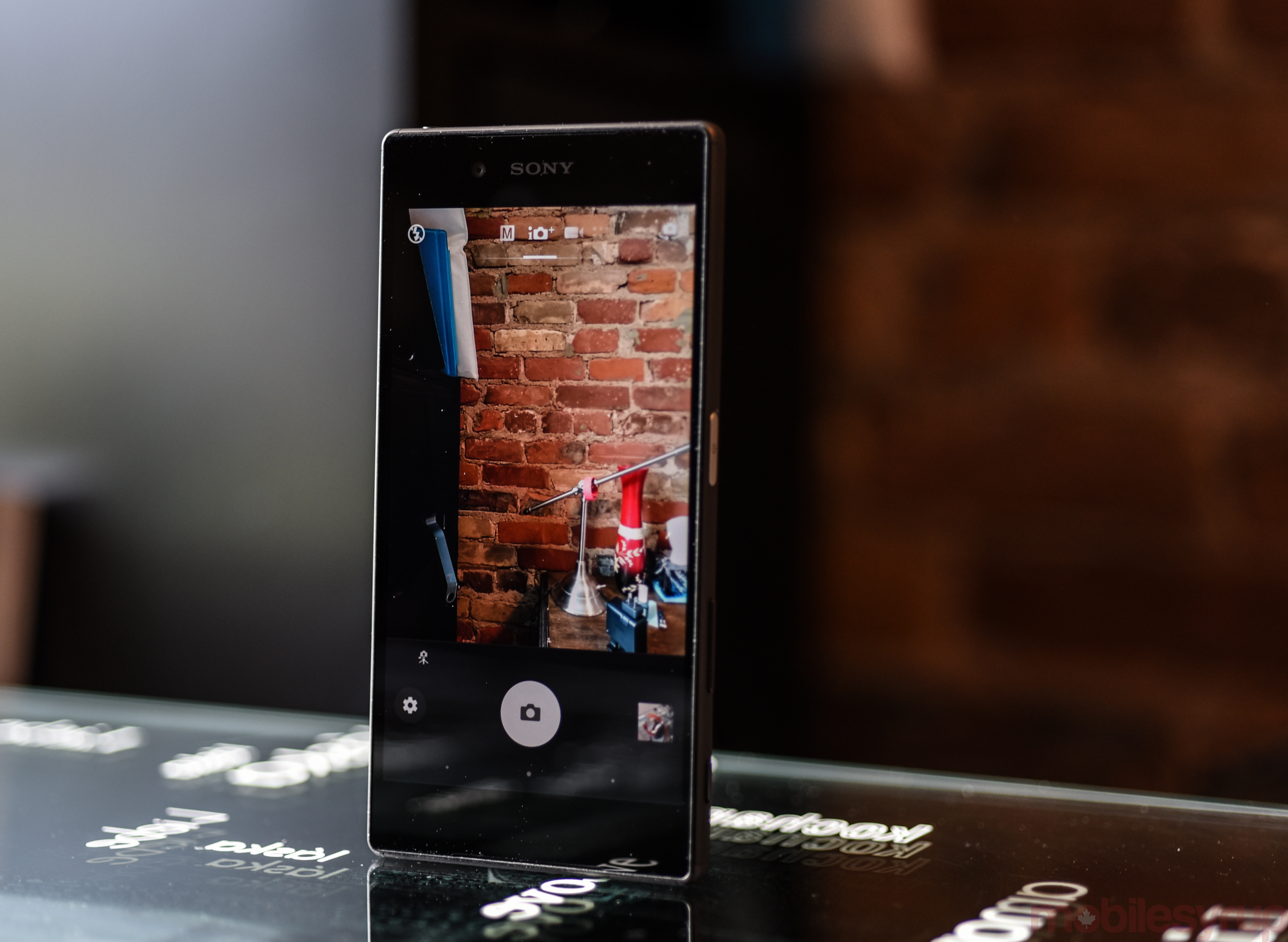
My thoughts also differ on the Xperia Z5’s fingerprint scanner. While the scanner isn’t as accurate as the iPhone 6 or 6s’ scanner, I found it snappy, responsive and on par with the Nexus Imprint fingerprint scanner featured in the Nexus 6P and Nexus 5X.
The only time I found its performance suffered was when my hands were either extremely cold or slightly damp, two issues that cause problems with competing fingerprint scanners. In this case the scanner sometimes required me to place my finger on it once or twice before unlocking the phone. I also uploaded various fingerprints to the Z5 – similar to what I did with the Nexus 5X – and experienced no issues.
The Xperia Z5 could have easily risen to the top of the Android world (or at least near the top) solely due to its unique look. I showed the smartphone to multiple people, many of them friends who are familiar with a variety of Android devices, and the first comment they made was how impressive the Xperia Z5 felt in their hand.
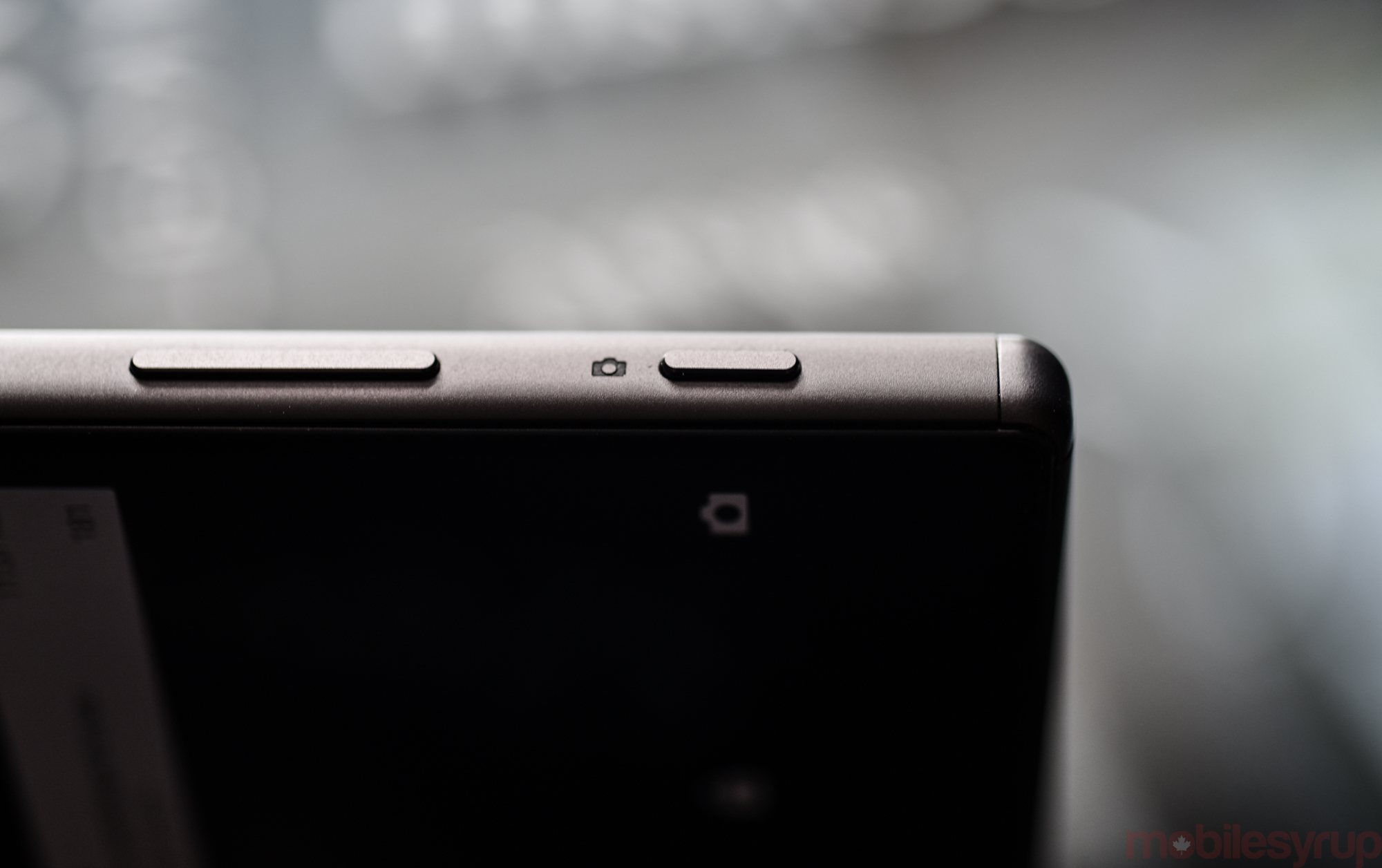
Unfortunately for me the Xperia Z5’s impressive looks and phenomenal camera are muddled by performance and build-related issues. The fact that the phone is only sold at Bell and SaskTel also doesn’t help its cause, nor does the impending release of the 4K display-sporting Xperia Z5 Premium, a device that’s surely set to garner more attention from Android users.
Despite what Sony and Bell might want you to believe, the Xperia Z5 amounts to a “Bond phone” James would likely never use; this device is a missed opportunity.
Related reading: Xperia Z5 review
MobileSyrup may earn a commission from purchases made via our links, which helps fund the journalism we provide free on our website. These links do not influence our editorial content. Support us here.


